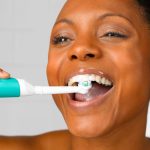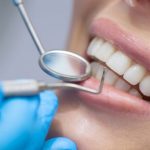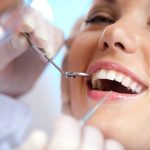Efficient Teeth Whitening: How Long Does Brushing Take to Give You a Brighter Smile?
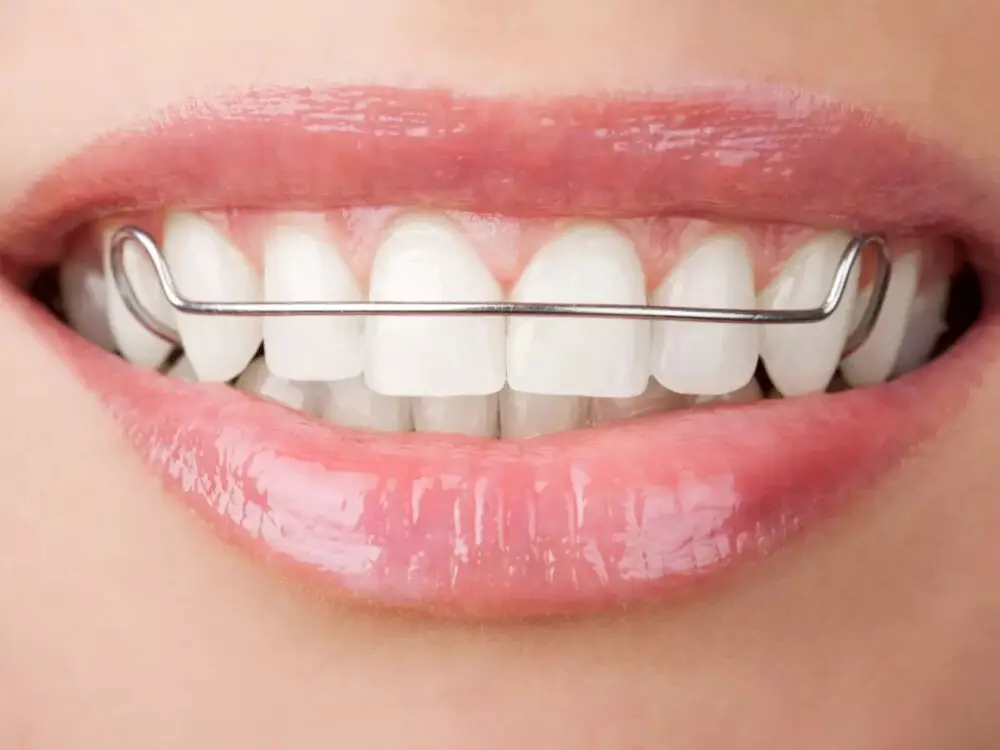
A bright and sparkling smile is something that we all desire. However, with the consumption of certain foods and drinks, poor oral hygiene, and the natural aging process, our teeth can become discolored and lose their shine over time. Teeth whitening has become a popular solution to this problem, but many people are also curious about the effectiveness of brushing in achieving a brighter smile. In this article, we will explore the efficiency of teeth whitening through brushing and how long it takes to see visible results. Brushing your teeth is an essential part of maintaining good oral hygiene. Not only does it help prevent cavities and gum disease, but it can also remove surface stains on your teeth. Brushing with a fluoride toothpaste twice a day for at least two minutes can help remove surface stains caused by coffee, tea, wine, and other foods and drinks. However, brushing alone may not be enough to remove deeper stains and achieve a significant change in the color of your teeth. In the following sections, we will dive deeper into the effectiveness of brushing as a teeth whitening method and how long it takes to see noticeable results.
Teeth discoloration is a common dental issue that affects many people. The discoloration occurs when the enamel, which is the outer layer of the teeth, becomes stained or discolored. There are many reasons why this can happen, including poor oral hygiene, smoking, drinking coffee or tea, and certain medications. Additionally, as we age, our teeth naturally become darker and less white. Other factors that can contribute to teeth discoloration include genetics, trauma to the teeth, and certain health conditions. Whatever the cause may be, effective teeth whitening solutions can help to restore your smile and boost your confidence.
Teeth whitening is a cosmetic dental procedure that aims to lighten the color of teeth and improve their appearance. There are several methods available for teeth whitening, ranging from over-the-counter products to professional treatments offered by dentists. Over-the-counter products include whitening toothpaste, strips, gels, and trays, which contain low concentrations of bleaching agents like hydrogen peroxide or carbamide peroxide. Professional treatments, on the other hand, involve higher concentrations of bleaching agents and may include in-office treatments like laser or light therapy, or take-home kits provided by dentists. The effectiveness of teeth whitening methods varies depending on the severity of discoloration and the type of product or treatment used.
How does brushing whiten teeth?
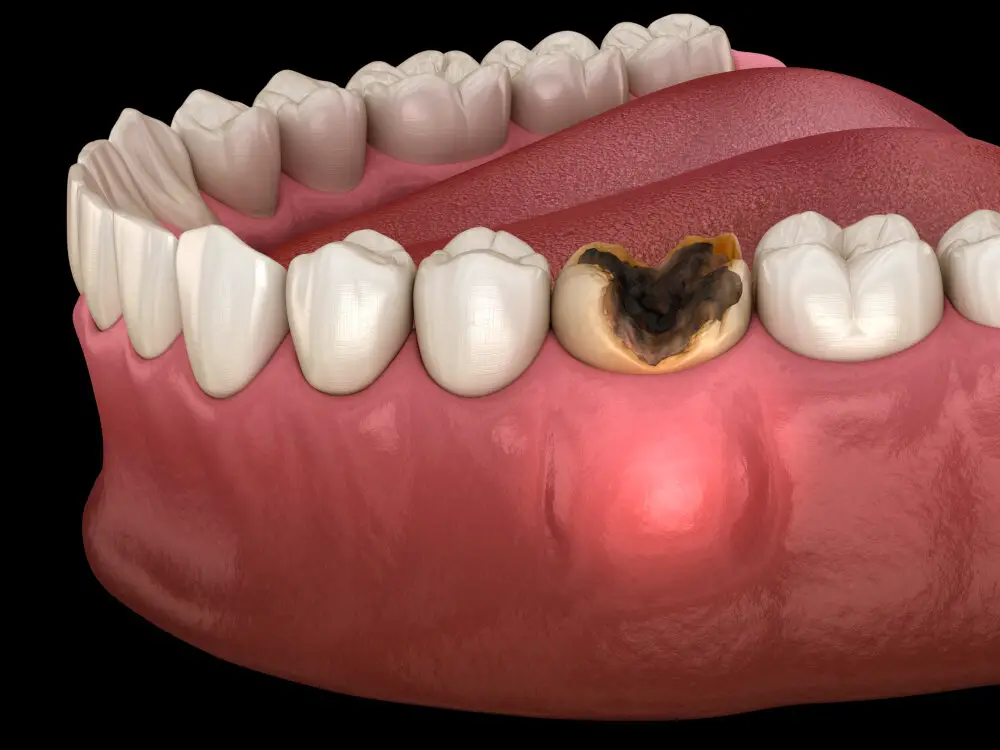
Brushing is an essential part of maintaining good oral hygiene and keeping your teeth white. When you brush your teeth, the toothpaste you use contains abrasive particles that help to remove the surface stains and plaque that accumulate on your teeth over time. These particles work by gently scrubbing away the discoloration caused by coffee, tea, wine, and other pigmented foods and beverages. Additionally, the fluoride in toothpaste helps to strengthen the enamel on your teeth, making them more resistant to staining and decay. When you brush your teeth, it’s important to do so for at least two minutes, twice a day. This allows enough time for the toothpaste to work its magic and effectively remove surface stains. However, it’s important to note that brushing alone may not be enough to achieve a perfectly white smile. If you have stubborn stains or discoloration that won’t go away with brushing alone, you may need to consider other whitening treatments such as professional teeth whitening or over-the-counter whitening products. Additionally, avoiding tobacco products and limiting your intake of staining foods and beverages can also help to keep your teeth looking bright and white.
Brushing helps to remove surface stains on teeth by physically scrubbing away the discoloration caused by food, drinks, and other substances that come into contact with our teeth. The bristles of the toothbrush work to loosen and lift the stain particles from the surface of the teeth, while the toothpaste helps to break down and dissolve them. Additionally, brushing removes the thin film of bacteria that accumulates on the teeth, which can lead to further staining and discoloration. Consistent brushing twice a day, along with regular dental cleanings, can help to maintain a brighter, whiter smile and prevent the formation of deeper, more stubborn stains.
Using the right toothbrush and toothpaste is essential for maintaining good oral hygiene and achieving efficient teeth whitening. The toothbrush should have soft bristles and fit comfortably in one’s hand and mouth, allowing for easy access to all areas of the teeth and gums. Additionally, toothpaste should contain fluoride and not be abrasive, as abrasive toothpaste can damage the enamel and cause sensitivity. Using the right toothbrush and toothpaste can help remove plaque, fight cavities, prevent gum disease, and ultimately lead to a brighter, healthier smile. It’s important to consult with a dentist to determine which toothbrush and toothpaste are best suited for individual needs and preferences.
How long does brushing take to whiten teeth?
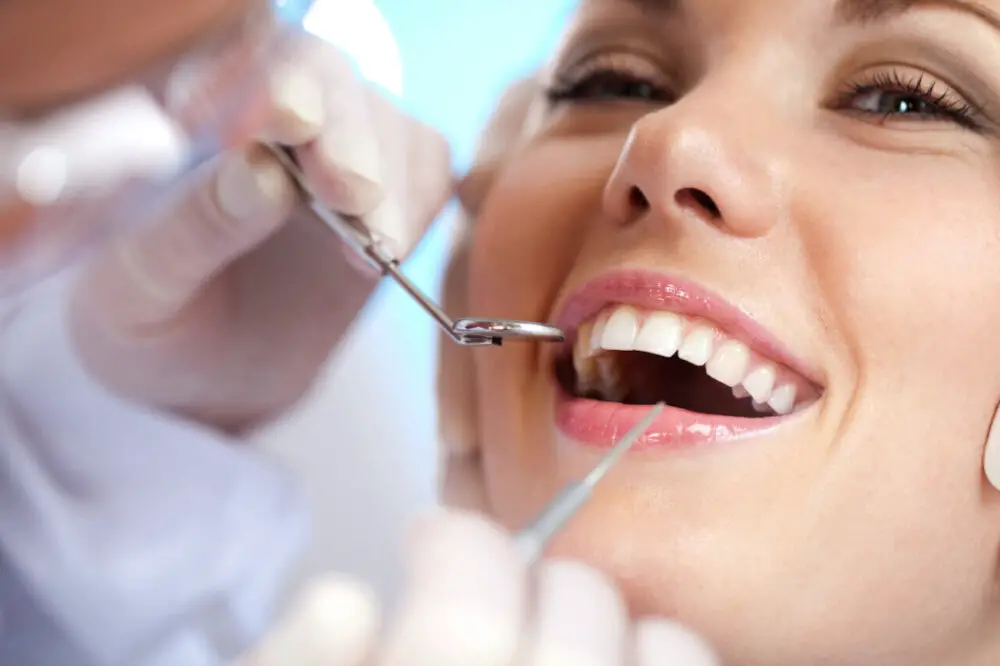
Brushing is an essential part of maintaining good dental hygiene, and it can help remove surface stains on your teeth. However, the effectiveness of brushing in whitening your teeth depends on several factors. Firstly, the type of toothbrush and toothpaste you use can make a significant difference in the results you achieve. Electric toothbrushes are generally considered more effective at removing stains than manual toothbrushes, and toothpaste that contains whitening agents can also help to brighten your teeth. Secondly, the duration and frequency of brushing are crucial. Brushing twice daily for at least two minutes each time is recommended, but brushing for longer periods does not necessarily produce better results. Over-brushing can actually damage tooth enamel and cause sensitivity. While brushing is an important part of maintaining good oral health, it is not a quick fix for achieving a brighter, whiter smile. Professional teeth whitening treatments offered by your dentist are typically more effective and can produce noticeable results in just one or two sessions. These treatments use stronger whitening agents that can penetrate deeper into the enamel to remove stubborn stains. However, it is important to note that teeth whitening treatments are not suitable for everyone and can cause temporary sensitivity or discomfort. It is always best to consult with your dentist to determine the most appropriate whitening method for your individual needs and to ensure that you achieve the best possible results without compromising the health of your teeth.
Maintaining good oral health requires regular brushing of teeth. To achieve optimal oral hygiene, it is essential to brush your teeth for a recommended time of two minutes, twice a day. Brushing for this duration allows the toothpaste to penetrate the teeth, fight bacteria and remove any plaque buildup. It also helps in preventing bad breath, gum disease, tooth decay, and cavities. However, it is equally important to ensure that you brush correctly, using the right technique, and a soft-bristled toothbrush. Additionally, flossing and rinsing with mouthwash can also assist in maintaining healthy teeth and gums. By following these simple steps, you can keep your teeth healthy and bright, ultimately leading to a confident and radiant smile.
Many people wonder how long it takes for brushing to make a visible difference in teeth whiteness. In general, regular brushing with a toothpaste containing whitening agents can show some improvement in teeth brightness within a few weeks of consistent use. However, the effectiveness of brushing alone as a teeth whitening method is limited. Stubborn stains caused by smoking, coffee, or wine may require professional whitening treatment to see significant results. It’s essential to maintain good oral hygiene practices and visit the dentist regularly for cleanings to ensure healthy and bright teeth.
Brushing your teeth regularly is crucial for good oral hygiene and maintaining a healthy smile. Dentists typically recommend brushing twice a day, for at least two minutes each time, using a fluoride toothpaste. This routine helps to remove plaque and prevent cavities and gum disease. However, brushing too often or too aggressively can actually damage your teeth and gums, so it’s important to use a gentle touch and avoid brushing right after consuming acidic foods or drinks. Additionally, incorporating flossing and mouthwash into your daily routine can further enhance the effectiveness of your dental care regimen and help to achieve a brighter, healthier smile.
Other factors that affect teeth whitening

Teeth whitening is a process that can be affected by various factors. One of the factors that can affect teeth whitening is the type of toothpaste used during brushing. Some types of toothpaste contain abrasive ingredients that can damage the enamel layer of the teeth. Damaged enamel can make the teeth appear dull and discolored. Therefore, it is important to use a toothpaste that is gentle on the teeth and does not contain harsh abrasive agents. Whitening toothpaste can help remove surface stains but it is not as effective as professional teeth whitening. Another factor that can affect teeth whitening is diet. Certain food and drinks such as coffee, tea, red wine, and dark-colored fruits and vegetables can cause stains on the teeth. Smoking or using tobacco products can also contribute to discoloration of the teeth. It is important to limit the consumption of these items and to brush your teeth after consuming them. Additionally, maintaining a healthy diet that is rich in fruits, vegetables, and calcium-rich foods can help keep teeth healthy and white.
Apart from brushing, there are several other factors that can impact the discoloration of teeth. Consumption of certain foods and drinks, such as coffee, tea, red wine, and dark-colored soda, can stain the teeth over time. Tobacco use, whether smoking or chewing, can also lead to discoloration and even tooth decay. Poor oral hygiene, such as not flossing or not visiting the dentist regularly, can contribute to the buildup of plaque and tartar, which can cause yellowing of the teeth. Additionally, certain medications, such as antibiotics, can cause teeth to become discolored. Therefore, it is important to be mindful of these lifestyle factors and take steps to maintain good oral hygiene in order to prevent teeth discoloration.
Diet, smoking, and other habits can have a significant impact on the whiteness of your teeth. Certain foods and drinks such as coffee, tea, red wine, and dark-colored fruits can stain your teeth over time. Smoking is also a major culprit in tooth discoloration as the nicotine and tar in cigarettes can leave stubborn stains on your teeth. On the other hand, habits like regular brushing, flossing, and rinsing with mouthwash can help prevent stains from forming and keep your teeth looking bright. Additionally, using teeth whitening products or visiting a dental professional for treatments can help reverse the effects of discoloration caused by poor habits. In short, maintaining good oral hygiene and avoiding habits that can stain your teeth are essential for achieving and maintaining a bright, healthy smile.
Professional teeth whitening treatments are designed to provide quicker and more dramatic results compared to regular brushing. The reason for this is that professional treatments are administered by dental experts who use stronger bleaching agents that are not available in over-the-counter products. These bleaching agents are specifically designed to penetrate deeper into the enamel to remove stubborn stains and discolorations that brushing alone cannot remove. In addition, professional treatments use specialized equipment such as dental lasers or UV lights that can enhance the effectiveness of the bleaching agent, resulting in a brighter, whiter smile in just one or two sessions. Overall, choosing a professional teeth whitening treatment can help you achieve the desired results in a shorter amount of time, with longer-lasting effects than brushing alone.
Tips for efficient teeth whitening
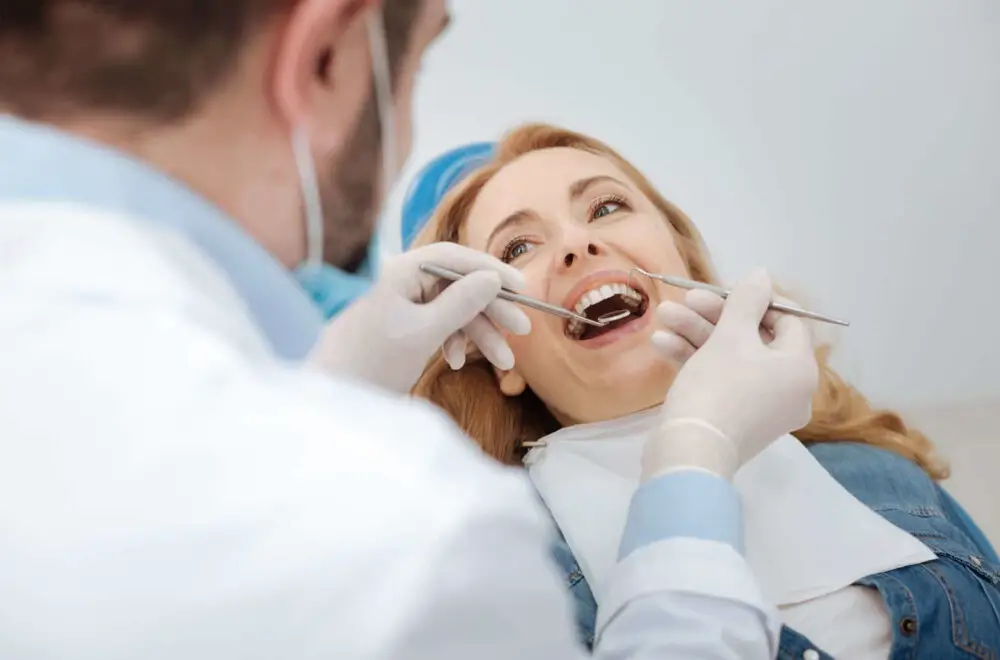
If you are looking to whiten your teeth efficiently, there are a few tips to consider. Firstly, it’s important to maintain good oral hygiene by brushing your teeth twice a day with a fluoride toothpaste and flossing daily. This will help to remove surface stains and prevent further discoloration of your teeth. Additionally, consider using a whitening toothpaste or mouthwash that contains hydrogen peroxide or carbamide peroxide, which can help to whiten your teeth over time. Another option for efficient teeth whitening is professional teeth whitening treatments. These treatments are typically done at a dental office and involve using a higher concentration of hydrogen peroxide or carbamide peroxide to whiten your teeth in as little as one session. However, it’s important to note that these treatments can be expensive and may not be covered by dental insurance. If you are looking for a more affordable option, at-home teeth whitening kits can also be effective. These kits typically involve using a whitening gel and a customized tray that fits over your teeth. While at-home kits may take longer to see results, they can be a more convenient and cost-effective option for those looking to whiten their teeth.
Maintaining good oral hygiene is essential for a bright and healthy smile. The best practice for brushing is to use a soft-bristled toothbrush and fluoride toothpaste, brush twice a day for at least two minutes, and replace the toothbrush every three to four months. To reach all areas of the mouth, use gentle circular motions and pay attention to the gum line and the back teeth. Flossing daily is also crucial to remove plaque and food particles between teeth and prevent gum disease. Additionally, a balanced diet and limiting sugary foods and drinks can help maintain a healthy mouth. Regular visits to the dentist for cleanings and check-ups are also recommended. By following these best practices, you can achieve a brighter, healthier smile.
In addition to brushing and flossing, there are several other natural remedies and at-home teeth whitening methods that can help brighten your smile. One of the most popular natural remedies is oil pulling, which involves swishing coconut or sesame oil in your mouth for 10-20 minutes each day. Another option is to use baking soda as a gentle abrasive to remove surface stains on your teeth. Additionally, there are several at-home teeth whitening kits available, such as whitening strips, trays, and gels, that can help you achieve a brighter smile in the comfort of your own home. However, it’s important to note that not all of these methods are equally effective or safe, so it’s best to consult with your dentist before trying any new teeth whitening products or techniques.
While brushing and flossing daily is essential for maintaining good oral hygiene, it may not always be enough to achieve a bright, white smile. Some people may have stubborn stains or discoloration on their teeth due to a variety of factors such as genetics, aging, or lifestyle habits like smoking or drinking coffee. In such cases, seeking professional teeth whitening treatments may be the best option to obtain a brighter smile. Professional treatments are designed to be safe, effective, and can provide immediate results, making them a popular choice for people who want to improve the appearance of their teeth quickly. It is recommended to consult with a dental professional to determine if professional teeth whitening treatments are suitable for your dental needs.
In summary, there are several key takeaways and tips for efficient teeth whitening. Firstly, brushing your teeth regularly and using a whitening toothpaste can help to remove surface stains and prevent new ones from forming. Secondly, avoiding foods and drinks that can stain your teeth, such as coffee, tea, and red wine, can also make a significant difference. Additionally, professional teeth whitening treatments, either in-office or at home, can provide more dramatic results. It’s important to follow the instructions carefully and avoid overusing these products to prevent damage to the enamel. Finally, maintaining good oral hygiene habits, such as flossing and regular dental check-ups, can help to keep your teeth healthy and white in the long-term.
Maintaining good oral hygiene and a bright, healthy smile is crucial not only for aesthetic reasons but also for overall health. Regular brushing and flossing can prevent tooth decay, gum disease, and bad breath. It is important to develop good oral habits early on and stick to them throughout your life. While brushing alone may not give you a perfectly white smile, it is an essential step in maintaining healthy teeth and gums. Along with regular dental checkups and professional cleanings, proper oral hygiene can help you achieve a beautiful, confident smile that will last a lifetime. Don’t neglect your teeth and gums, take care of them and enjoy the benefits of a healthy, bright smile.
Conclusion
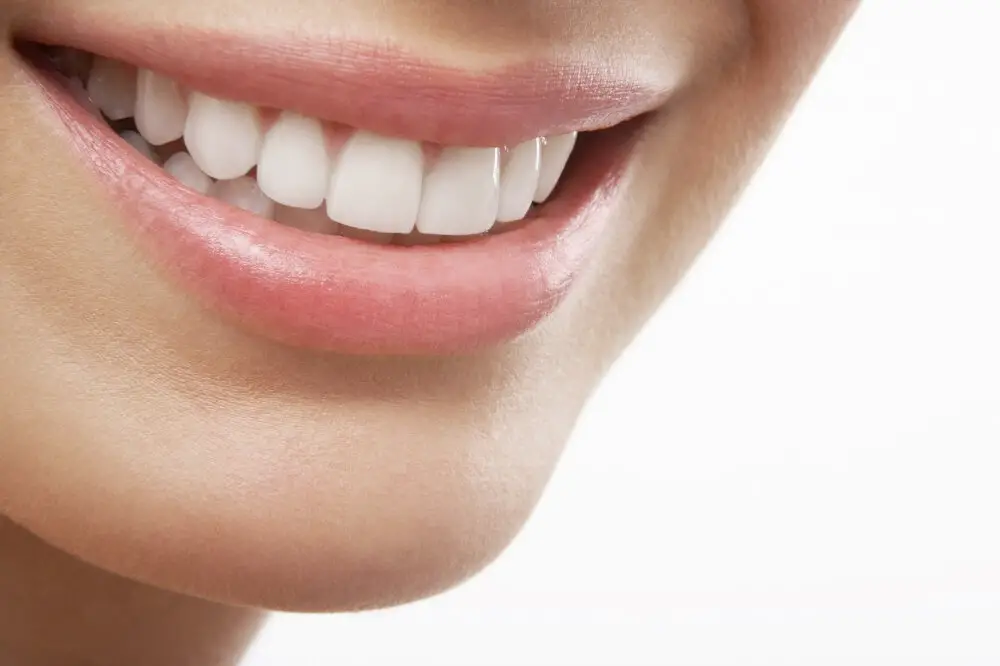
In conclusion, while brushing is an essential part of any oral hygiene routine, it may not be the most efficient method for achieving a brighter smile. While regular brushing can remove surface stains and prevent further discoloration, it may take several weeks or even months to see noticeable results. For those looking for a quicker and more dramatic transformation, professional teeth whitening treatments or at-home whitening kits may be a more suitable option. However, it’s important to consult with a dentist to ensure that any whitening method is safe and appropriate for your individual needs. Ultimately, maintaining good oral hygiene habits and seeking professional advice can help you achieve a brighter, healthier smile.


